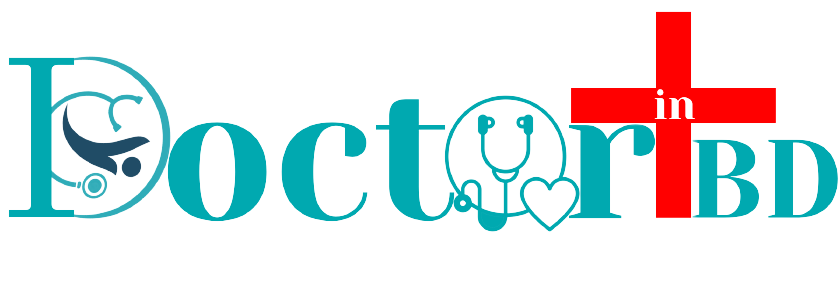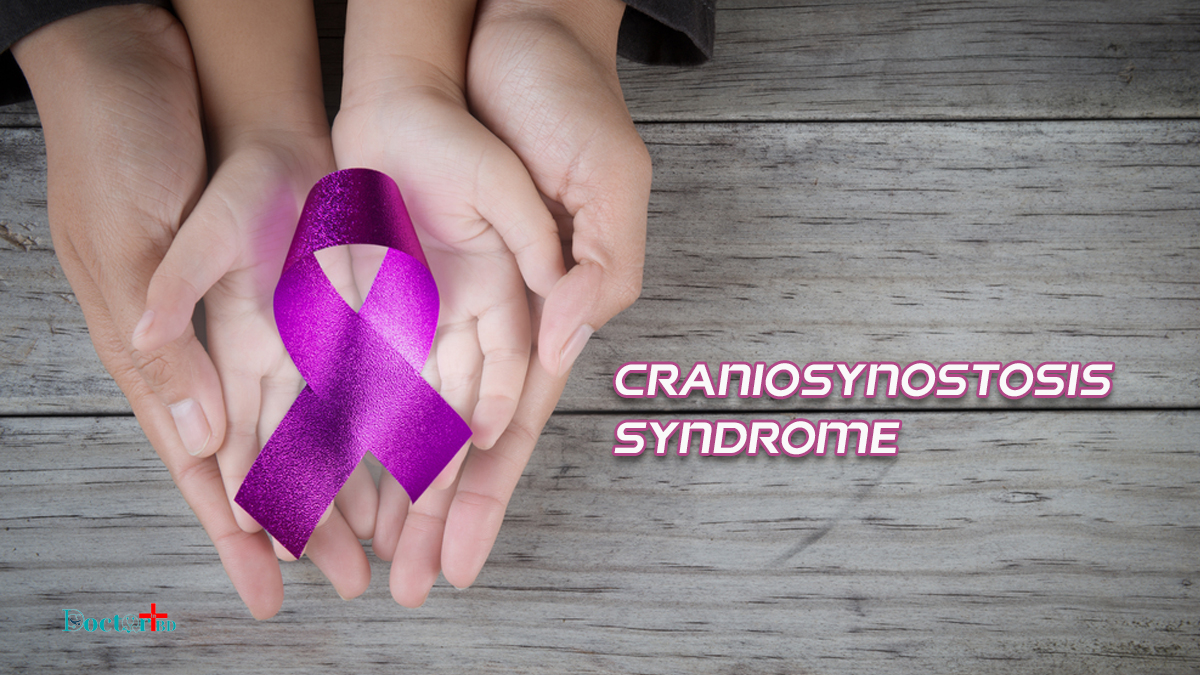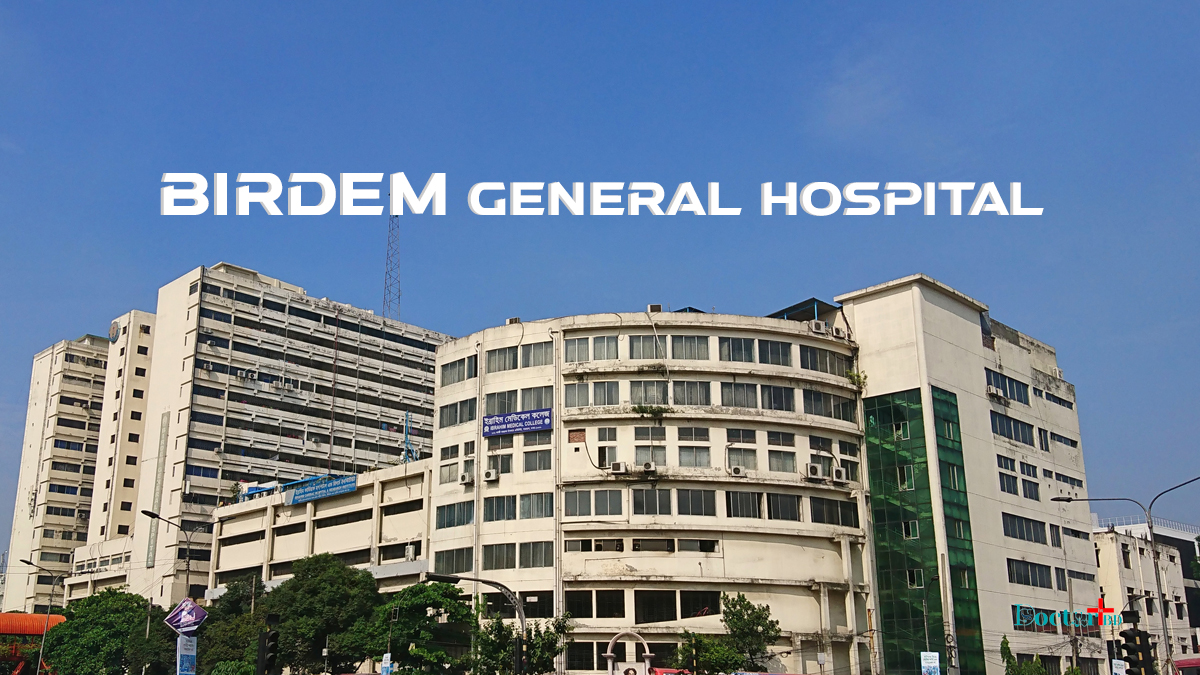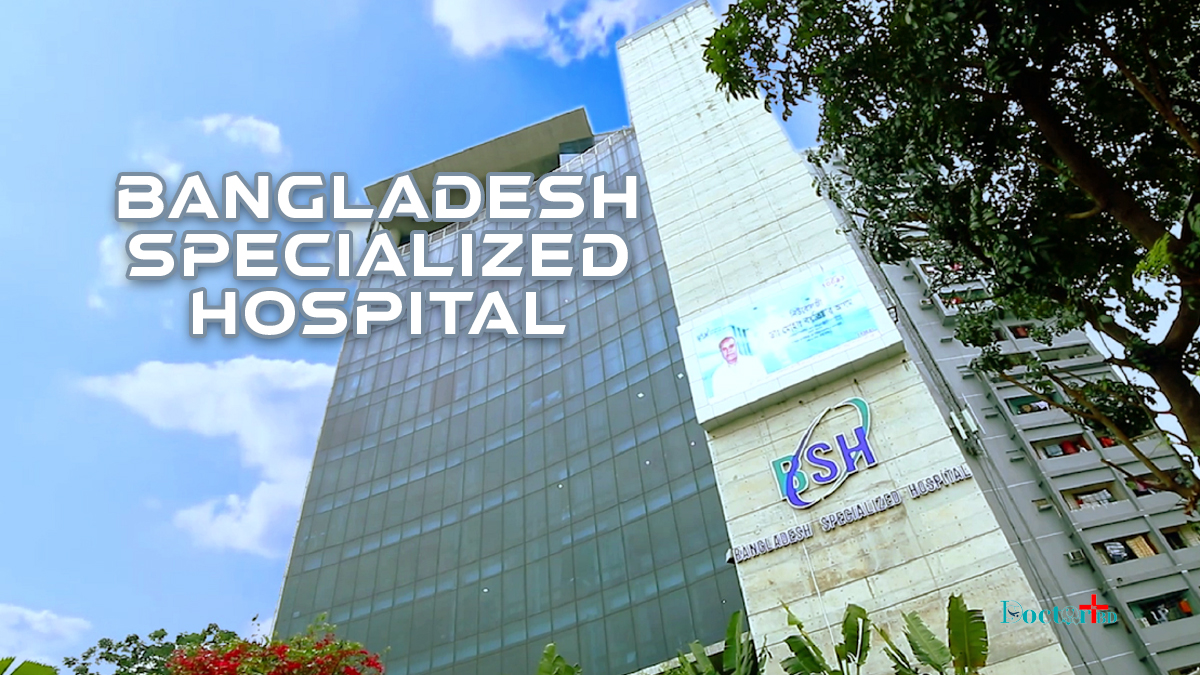I am going to discuss a physical disorder of babies named craniosynostosis. Nowadays, it is such a dangerous disease among children. If you are still illiterate about this dangerous disorder, then this article is only for you. Here I will write about craniosynostosis, types of craniosynostosis, craniosynostosis symptoms and signs, and the main cause of craniosynostosis. So this article is going to be more important for the common people.
Table of Contents
What is Craniosynostosis?
Craniosynostosis is mainly a physical disorder. In this condition, one or more of the fibrous sutures in an infant skull prematurely fuses by turning into bone. It changes the growth pattern of an infant’s skull. In this case, the skull can not expand perpendicular to the fused suture. Craniosynostosis usually occurs as an isolated condition in one in 2000 births. In this condition, one or more of the sutures close too early & causes problems with normal brain and skull growth.
Types Of Craniosynostosis
Craniosynostosis has so many types. Generally, there have four major types of Craniosynostosis and so many additional types of Craniosynostosis. The major types are Sagittal, Coronal, Lambdoid, and Metopic. Here I listed full Craniosynostosis types with classification in the following discussion.
Single-Suture Synostosis (Primary)
Sagittal: Head long and narrow (scaphocephaly)
Coronal: Flattening of the forehead (anterior plagiocephaly)
Lambdoid: Flattening at the back of the skull and the ear (posterior plagiocephaly)
Metopic: Triangular shaped head (trigonocephaly)
Double-Suture Synostosis
Bicoronal: Skull is wider than normal (anterior brachycephaly)
Bilambdoid: Skull is wider than normal (posterior brachycephaly)
Sagittal plus metopic: Head is long and narrow (scaphocephaly)
Complex Multisuture Synostosis
Bicoronal, sagittal, metopic: Head is short and wide and/or pointed at the top (turribrachycephaly)
Multisuture: Skull is shaped like a cloverleaf (Kleeblattschädel)
Secondary
Hyperthyroidism, rickets
Syndromic
Apert syndrome, Carpenter syndrome
Craniosynostosis Symptoms And Signs
Craniosynostosis is undoubtedly a dangerous disorder. The Head is the most sensitive organ of the human body, and Craniosynostosis is the head’s disease. The symptoms and signs of this disease can be noticed in the baby’s head. It is a baby’s physical disorder. The first and only symptom or sign of Craniosynostosis is the noticeable changes in the head and face. Small or absent fontanelle can be the additional sign of this disorder. One side of the children’s face becomes different from the other side. There also have many other primary symptoms and signs that I added to the list below:
- Full or bulging fontanelle (soft spot located on the top of the head)
- Sleepiness (or less alert than usual)
- Scalp veins may be very noticeable.
- Increased irritability
- High-pitched cry
- Poor feeding
- Projectile vomiting
- Increasing head circumference
- Seizures
- Bulging eyes and an inability of the child to look upward with the head facing forward
- Developmental delays
Cause Of Craniosynostosis
Mainly Craniosynostosis occurs for Biomechanical, Environmental, Hormonal, and Genetic four factors. You had come to know about the Craniosynostosis disease, types of Craniosynostosis, and Craniosynostosis Symptoms And Signs so far. Now time to know the causes of Craniosynostosis. Here I am going to write the main four causes of Craniosynostosis in the following discussion.
Biomechanical Factors
Fetal head constraint during pregnancy is included in Biomechanical factors. Jacob et al. first found it Indian hedgehog protein and noggin are two important factors influencing bone development.
Environmental Factors
Environmental factors mean maternal smoking and maternal exposure to amine-containing drugs. Mainly these environmental factors increase the risk of craniosynostosis.
Hormonal factors
The hormonal factor may be a valuable way by which craniosynostosis because the bone matures faster due to high thyroid hormone levels.
Genetic factors
Craniosynostosis can also occur in the genetic factor. If any family member is born with this physical disorder, there always has a possibility of being craniosynostosis for the upcoming children.
Is craniosynostosis genetic?
Craniosynostosis occurs in one in about 2500 live births and affects males twice as often as females. It is most often sporadic (occurs by chance with no known genetic cause), but in some families, craniosynostosis is inherited by passing on specific genes known to cause this condition.FGFR1 (fibroblast growth factor receptor 1), FGFR2, FGFR3, TWIST, and MSX2 (muscle segment homeobox 2) genes are responsible for the most common well-characterized cases of craniosynostosis.
Complications Of Craniosynostosis
The most effective treatment of this Craniosynostosis is surgery. It should be done in the first age of life. It will provide a baby good result. Some problems can be seen suddenly or over a period of time after the surgery in the baby’s body. Then a baby can face any or all of the following complications:
- Fever (greater than 101 degrees F)
- Vomiting
- Headache
- Irritability
- Redness and swelling along with the incision areas
- Decreased alertness
- Fatigue
I think you can understand this physical disorder. I have made this article by taking some help from a valuable source. Though I always tried to provide the right information, I hope you will take any fault from this article at your kind attention. Don’t forget to add your precious comment in the following comment box. Please stay connected with our site, and don’t miss another update.




Comments